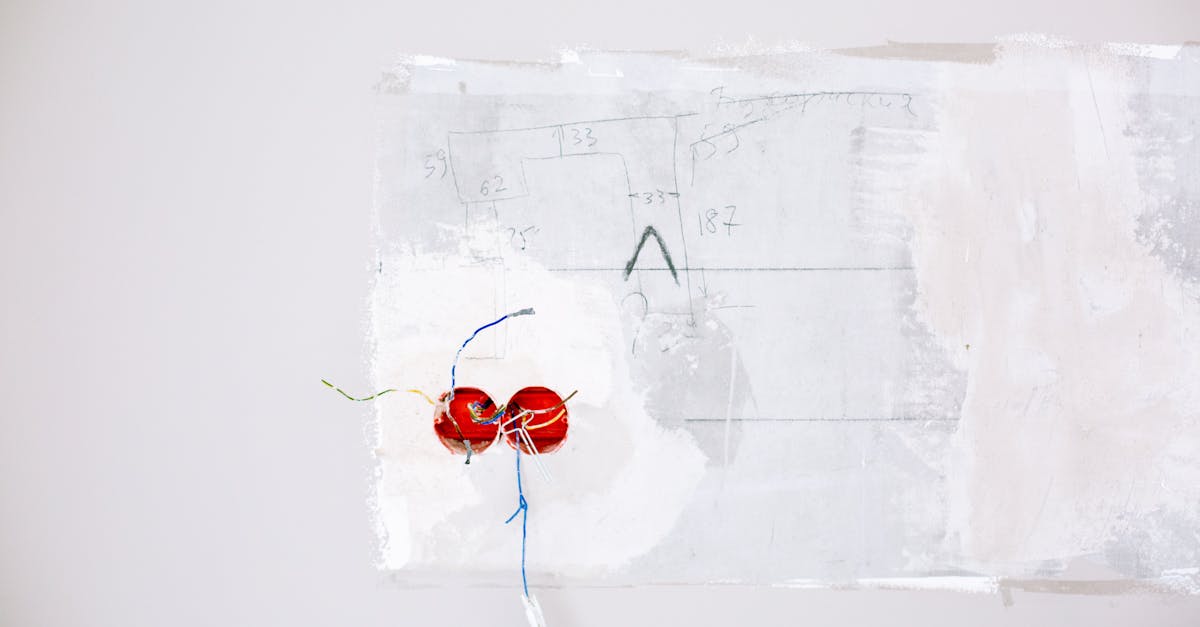Published on:
8 min read
From Dents to Dazzling: The Complete DIY Drywall Repair Handbook
Transform your space with our comprehensive guide to drywall repair. From fixing dents to achieving a flawless finish, you'll learn the essential techniques and tips to make your walls shine again.

Understanding Drywall Damage
Before embarking on your repair journey, it’s essential to understand the types of damage drywall can sustain. Common issues include dents, holes, and cracks, each requiring specific methods for effective repair. Dents are usually caused by impacts, while small to medium holes might result from doorknobs or furniture. Cracks could stem from settling homes or moisture issues. Evaluating the damage properly is crucial, as different types of repair materials and techniques will be needed based on the extent of the damage. By recognizing these issues early on, you can maintain your walls in prime condition and prevent further deterioration.
Essential Tools and Materials for Repairing Drywall
A successful DIY drywall repair begins with having the right tools and materials. The basic toolkit includes a putty knife, sandpaper, joint compound, and mesh tape. For larger holes, you might need a drywall patch or a piece of drywall to cut and fit into the damaged section. Safety gear, such as a dust mask and goggles, is recommended to protect against dust and debris. Selecting the right joint compound is also vital; lightweight compounds are easier to work with, while heavier ones provide a more durable finish. With the right equipment at your fingertips, you’ll be ready to tackle any drywall repair task.
Step-by-Step Guide to Repairing Dents and Holes
Once you’ve assessed the damage and gathered your tools, it’s time to get your hands dirty. For minor dents, simply apply joint compound over the area with your putty knife, feathering the edges to blend it in. For small holes, use mesh tape around the hole, then cover it with joint compound, smoothed out to match the surrounding wall. Larger holes require a more structured approach, including cutting a piece of drywall to fit the hole, securing it in place, and finishing with joint compound. After each repair, be sure to sand the area smooth before applying a final coat of paint to complete the job.
Final Touches and Painting for a Professional Look
After allowing your joint compound to cure properly, it’s time for the finishing touches. Start by sanding the repaired areas thoroughly to create a smooth surface. If you see any imperfections or uneven spots, don’t hesitate to apply a little more compound and sand again. Once satisfied, wipe the area clean to remove dust. Next, prime with a good quality primer to ensure even paint coverage, especially if the repair area is large. Finally, paint over the repair with a color that matches your wall, blending in as seamlessly as possible. This last step will take your repair from 'dents' to 'dazzling.'
Conclusion: Achieving Repair Success
Repairing drywall doesn’t have to be an intimidating task. With the right understanding of damage types, essential tools, and step-by-step guidance, you can effectively handle repairs on your own. Not only will this improve the appearance of your walls, but it can also boost your confidence in tackling future home improvement tasks. So roll up your sleeves, and transform your space from dull to dazzling!
Published on .
Share now!




